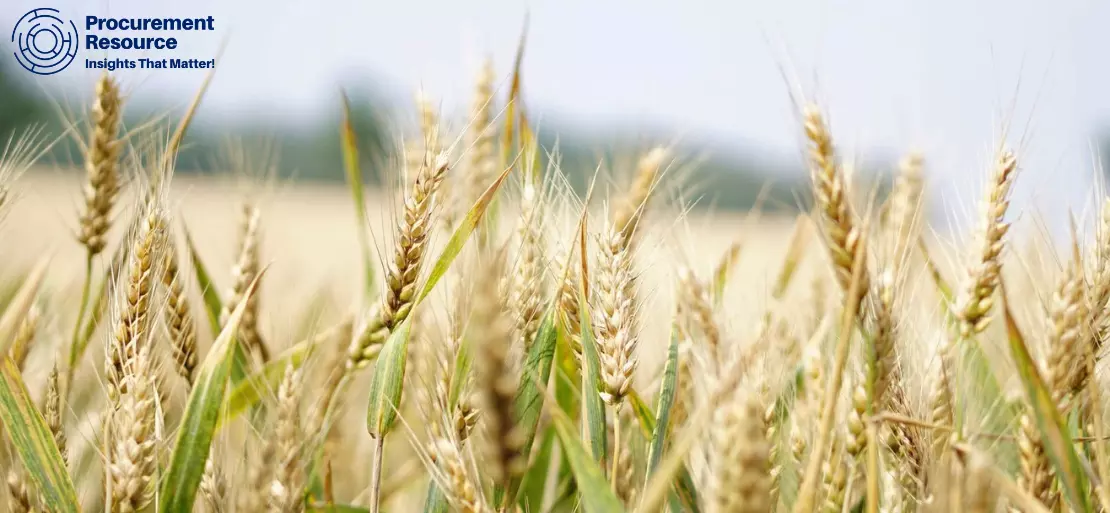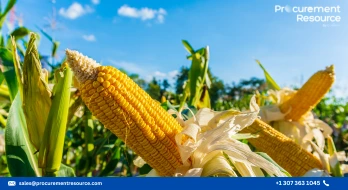Navigating Corn Imports in China as Three Typhoons Hit the Main North Eastern Grain Region

As the Chinese economy was already facing a tight balance between the supply and demand for corn, the industry witnessed an increasing tilt towards a supply shortage following the massive typhoons, which came unexpectedly in August this year. Three typhoons have hit the country’s main corn growing region in quick succession, resulting in flattening of crops and a surge in corn prices, which reached their highest level in five years. It is estimated that the natural disasters like typhoon, which hit the North Eastern region, could lead to a drop in corn output in Heilongjang and Jilin. These two areas are the major corn producing provinces in China.
In the past few years, the corn industry has sharply risen in China and corn serves as a key ingredient in the region’s animal feed industry. Amidst the trade war between the United States and China, which stared in July 2018, the Chinese government is encouraging the farmers to cultivate soybean in order to reduce the nation’s dependence on imported US crops. The local governments are even offering subsidies to encourage farmers to shift their crops from corn to soybeans. In China, corn is one of the major crops, with Chinese farmers paying agricultural taxes to farm these crops for nearly thousands of years.
Corn prices jumped by almost 30% from the start of the year to 2,355 yuan (USD 345) per tonne at the beginning of August, before falling slightly to 2,274 yuan per tonne at the end of the month.
The surging corn prices are driven by the rising demand from pig farms, which are reviving from last year’s African swine fever outbreak, that devastated the nation’s pig herd. China’s inventory of breeding sows has grown considerably from June to July this year, registering an increase for the sixth straight month, according to the Ministry of Agriculture and Rural Affairs.
Further, the rise in wheat prices came as a fallout of inflation in corn prices. Wheat is another key grain in the region and animal-feed producers are trying to replace corn with wheat as raw material. To tackle the situation, the central government stepped up its auction for state corn reserves.
In order to quell the corn prices increase, there have been 15 rounds of auctions. This step was taken as the stockpile of corn was shrinking rapidly this year. Up until the end of August 2020, the government had sold nearly 54 million tonnes of reserves, with a remaining reserve balance of a little over 2 million tonnes. After the government’s move, a slight drop in corn prices could be seen mainly because most of the corn that the government auctioned has been sold to the market.
Moreover, the government is focusing on importing plenty of corn this year to narrow the demand-supply gap, and, thus, corn prices are falling slowly in the region. Although, the prices can go up again due to the loss of harvest and reduction in output because of the typhoons.
In comparison to domestic corn prices, imported corn is 2% cheaper in 2020, at around USD 222 per tonne. Therefore, the difference between delivered and local prices also favours imports.
In 2019, China witnessed a corn supply deficit of 17 million tonnes that could reach up to 25 million tonnes between 2020 and 2021 if proper action is not taken. Thus, there is an immediate need to fulfill the demand-supply gap either by imports or by enhancing the domestic produce and stocks.
In late August, Chinese importers signed a deal according to which they will buy 400,000 tonnes of corn from the United States. This deal took place when China had already imported 2 million tonnes of corn from the United States in July.
Currently, there are 30 million tonnes of corn in the government reserve, meaning, there is still plenty of supply for the market to utilise. Thus, this year’s corn shortage may not be a big issue as China is poised to meet the rising demand for corn as well as other agricultural goods and achieve agricultural targets set in the countries’ first-phase trade accord.



